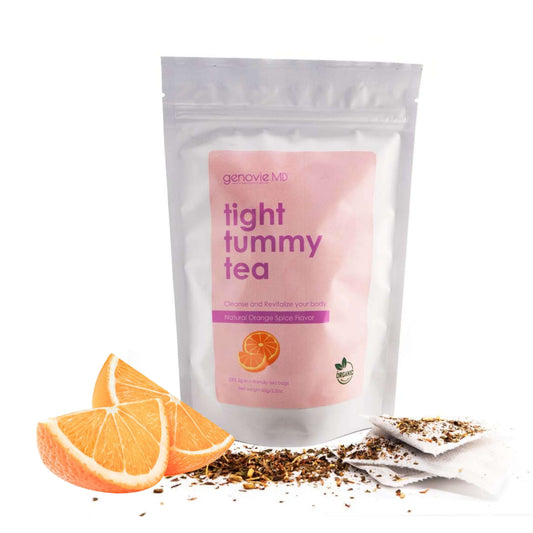Konjac Sponge vs Loofah: Which One Should You Choose?

If you’re serious about glowing skin and love natural beauty tools, you’ve probably come across two popular options: the konjac sponge and the loofah. Both are eco-friendly exfoliators, but they serve different purposes depending on your skin type, lifestyle, and skincare routine.
So—Konjac sponge vs loofah: which is right for you? Let’s break down the benefits, differences, and how to use each effectively.
What Is a Konjac Sponge?
Derived from the root of the konjac plant (native to Asia), this sponge is ultra-gentle and biodegradable.
Best for:
-
Sensitive skin
-
Daily facial cleansing
- Babies and eczema-prone skin
Top Benefits:
-
Gently removes dead skin cells without irritation
-
Helps unclog pores and reduce excess oil
-
Supports pH balance and skin hydration
-
Safe for daily use and delicate areas like the face
- Can be used with or without cleanser
Drawbacks:
-
Not ideal for deep exfoliation
- Needs to be replaced every 4–6 weeks
Try our Skin Scrubber Konjac Sponge for gentle, plant-based exfoliation that’s kind to your skin and the planet.
What Is a Loofah?
Loofahs are made from the dried fibrous core of the luffa gourd—a tropical vegetable.
Best for:
-
Body exfoliation
-
Thick or rough skin areas (elbows, knees, feet)
-
Removing dead skin buildup
Top Benefits:
-
Offers a deeper exfoliation
-
Stimulates blood circulation
-
Helps prevent ingrown hairs
-
Fully compostable and plastic-free
Drawbacks:
-
Too rough for facial skin
-
Must be dried thoroughly to avoid bacteria and mold
- Requires replacement every 3–4 months
Konjac Sponge vs Loofah
|
Feature |
Konjac Sponge |
Loofah |
|
Material |
Konjac root (plant fiber) |
Luffa gourd (vegetable fiber) |
|
Texture |
Very soft, jelly-like when wet |
Coarse and scrubby |
|
Ideal For |
Face, sensitive skin, daily use |
Body, rough skin, occasional deep scrubs |
|
Exfoliation Level |
Light to moderate |
Moderate to intense |
|
Lifespan |
4–6 weeks |
3–4 months |
|
Maintenance |
Rinse and air dry |
Must dry completely to prevent bacteria |
|
Eco-Friendliness |
Highly biodegradable, fast to compost |
Biodegradable, slower to break down |
Which One Is Better?
It depends on your skin goals:
Choose a konjac sponge if you:
- Have sensitive, acne-prone, or dry skin
-
Want to exfoliate your face gently
- Prefer a zero-waste, daily-use option
Choose a loofah if you:
- Need to exfoliate rougher body areas
- Want a deeper cleanse to remove dead skin
- Have oily or combination skin on your body
Some people even use both—konjac for the face, loofah for the body—for a full-body natural exfoliation routine.
Caring for Your Sponge or Loofah
No matter which you choose, hygiene is essential:
-
After use: Rinse thoroughly with clean water.
-
Drying: Hang in a well-ventilated area to dry completely.
-
Replacing:
-
Konjac sponge: Every 4–6 weeks
- Loofah: Every 2–4 months
-
Konjac sponge: Every 4–6 weeks
Pro tip: Avoid storing these tools in a humid shower corner where mold can thrive.
Use with Natural Skincare for Radiant Results
For best results, pair your sponge or loofah with clean, nourishing skincare. After exfoliating, follow up with:
-
Moisturizing Aloe Vera Soap Bar for hydration
-
Vitamin C Brightening Serum to even out skin tone
- Exfoliating Soap Pouch for a mess-free, enhanced scrub
These Genovie favorites help lock in moisture, brighten your skin, and leave you feeling fresh and radiant.
Final Thoughts
So, when it comes to konjac sponges vs. loofahs, there's no one-size-fits-all solution. Your perfect match depends on your skin type, the frequency of exfoliation, and what you’re trying to achieve.
For sensitive or facial skin, konjac is your go-to.
For body buffing and deep exfoliation, loofah wins.
Both options are sustainable, effective, and budget-friendly—so feel free to explore and see what your skin loves most.
Ready to elevate your routine?
Try the Genovie Skin Scrubber Konjac Sponge and give your skin the gentle, natural glow it deserves.
![Microneedle Pimple Patch[9 Pcs]](http://genovie.com/cdn/shop/files/pimple3_533x.jpg?v=1727980807)
![Microneedle Pimple Patch[9 Pcs]](http://genovie.com/cdn/shop/files/first_pimple_533x.jpg?v=1728066210)



Leave a comment
All blog comments are checked prior to publishing